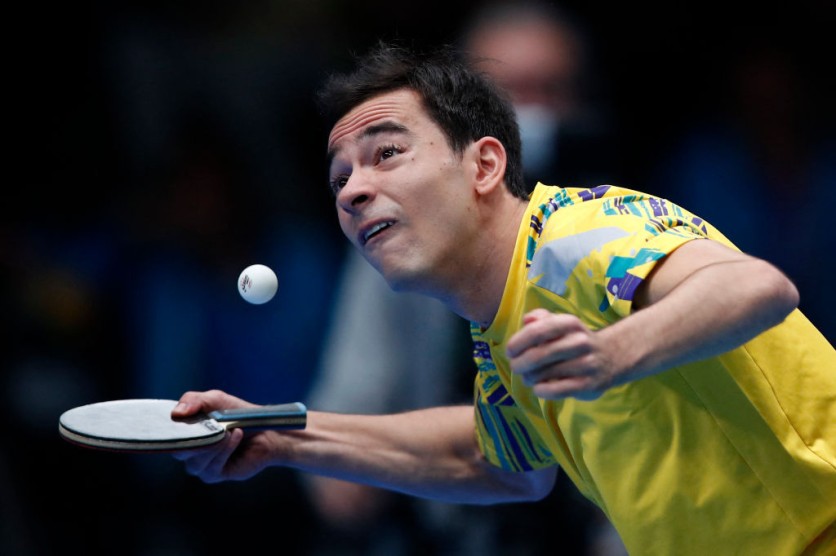A student at the University of Sydney in Australia has developed a new system that could allow individuals with low vision or blindness to play table tennis.
Created by Phoebe Peng, an engineering honors student, this innovative approach based on sound utilizes neuromorphic cameras and an array of loudspeakers to create an inclusive gaming experience.

Making Table Tennis More Inclusive and Accessible
Table tennis, known for its accessibility and beginner-friendly nature, has remained largely inaccessible to those with visual impairments. Recognizing this gap, Peng embarked on a project to explore how technology could be harnessed to make the sport more inclusive.
Peng's work, presented at the recent Acoustics 2023 Sydney, revolves around using neuromorphic cameras and a network of loudspeakers to facilitate gameplay for individuals with low vision and blindness.
Her project, developed as part of her honors thesis, aims to address the unique challenges posed by table tennis, such as the small size of the ball and table and the dynamic 3D movements involved.
The neuromorphic cameras employed in this system are specially designed for tracking small objects, making them suitable for monitoring table tennis balls.
Unlike traditional cameras that capture static images, neuromorphic cameras track changes in an image over time. Peng utilized two strategically positioned cameras to identify and track the ball's movements in three dimensions in real time.
The data collected by the cameras is then processed by an algorithm that controls an array of loudspeakers positioned around the table. These speakers generate a sound field corresponding to the ball's position, allowing players to navigate the game based on auditory cues.
Read Also : Google Slides Extension Offers More Accessibility for Blind People Using the Presentation Software
Technical Challenge
While the system has shown promise, Peng acknowledged the need for further experimentation before it can be implemented for actual gameplay.
One of the ongoing technical challenges lies in understanding human perception of sound, including the accuracy of sound localization. Questions about the type of sound to be used and whether it should be continuous will be addressed in the next stages of development.
"An ongoing technical challenge is the matter of human perception of sound," said Peng. "There are limitations on how accurately people can perceive sound localization. What type of sound should be used? Should the sound be continuous? This is a technical challenge we'll be tackling in the next stage of development."
Peng's work represents a significant step toward creating inclusive recreational opportunities for individuals with visual impairments. By leveraging technology, this project has the potential to transform not only table tennis but also other sports, making them accessible to a broader range of participants and fostering inclusivity in recreational activities.
Related Article : AI-Built Cancer Antibodies on the Horizon, Potentially Replacing Chemotherapy with AstraZeneca, Absci Collaboration





